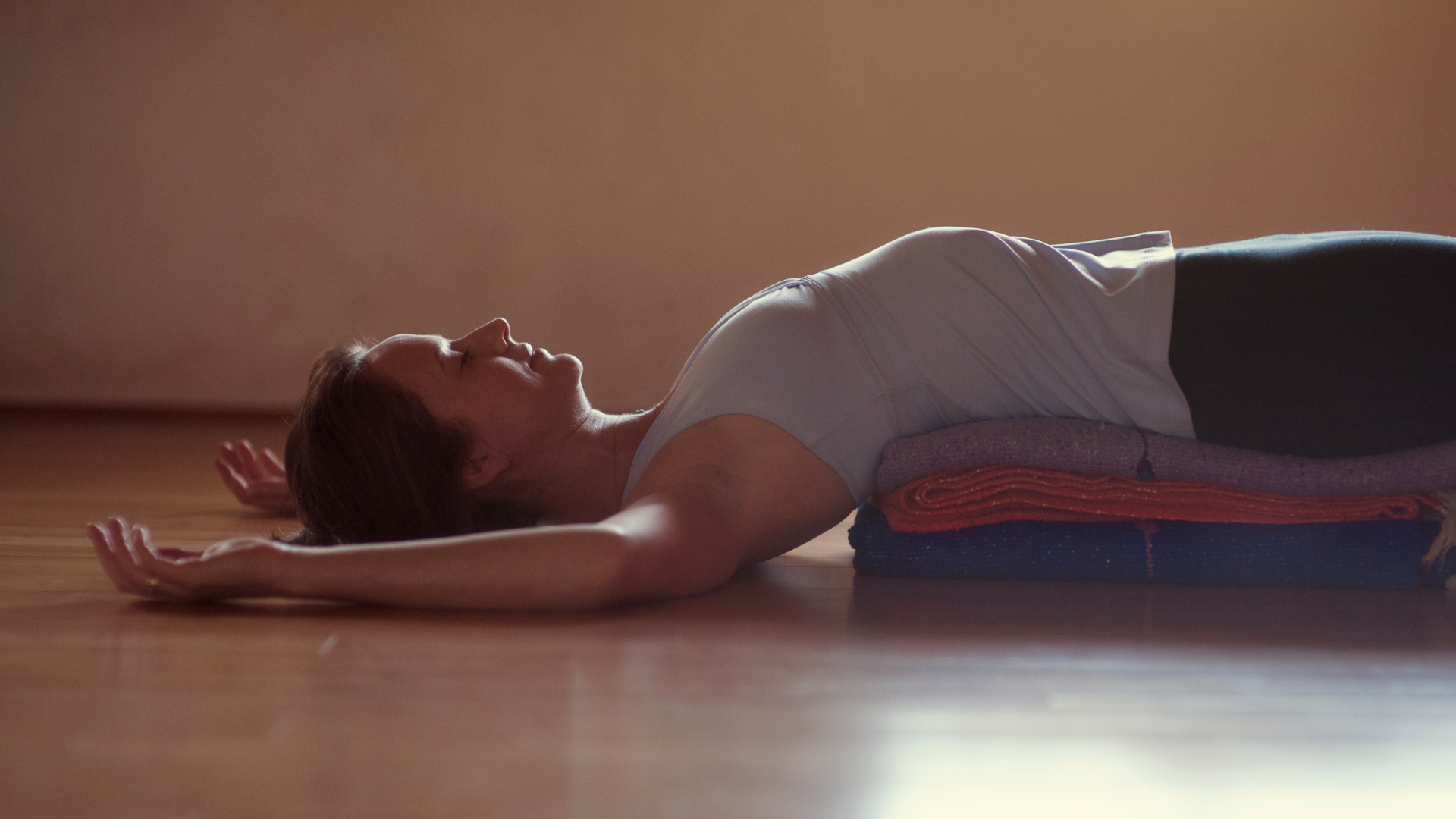The Best Styles of Yoga for Healthy Fascia
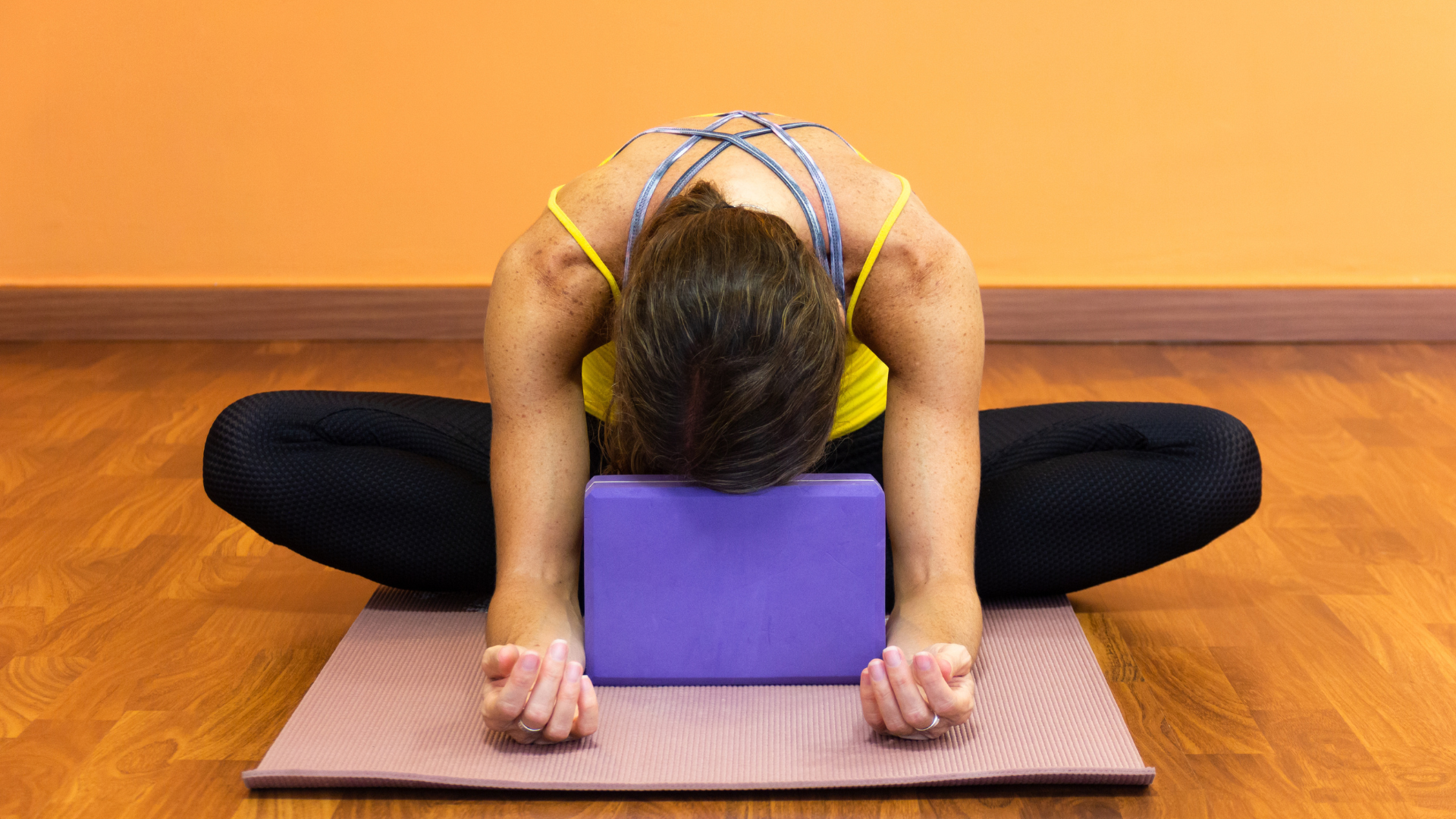
Article At A Glance
Fascia, the connective tissue that spans our entire bodies, plays a vital role in our health. But which style of yoga is most effective in fostering the health of your fascia? Read on to learn how to optimize your yoga practice for your fascia as well as your overall health.
Yogis have been working with it since the conception of Asana. Ida Rolf created her Structural Integration bodywork technique for reorganizing it in the 1970s. But science took until the early 2000s to take it seriously. What is it? It’s our fascia. The web of connective tissue that runs around and through every part of our bodies is finally being studied. The results of a growing amount of research say healthy fascia is essential for a healthy body, and yoga is a key player in fascial health. Which style works best if you’d like to practice yoga for healthy fascia?
What is Fascia
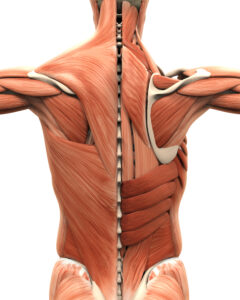 Fascia is your “soft skeleton.” It is a continuous structure of connective tissue that permeates and connects the entire body. From the structure of our organs, our ability to contract our muscles and move our bodies, to our self-awareness, healthy fascia is responsible.
Fascia is your “soft skeleton.” It is a continuous structure of connective tissue that permeates and connects the entire body. From the structure of our organs, our ability to contract our muscles and move our bodies, to our self-awareness, healthy fascia is responsible.
There are four different types of fascia that perform different functions in the body, and all are made up of collagen and elastin fibers, cells that make the fibers, and fluid. The amounts of each component vary depending on where the fascia is and its function in the body. Some fascia is very fine and elastic, such as the fascia around muscle fibers. Other fascia is thick and much less elastic, like the iliotibial band (ITB). While we have fascia surrounding the nervous system, the organs, and body cavities, the deep fascia is our focus as yogis.
Yoga and Deep Fascia
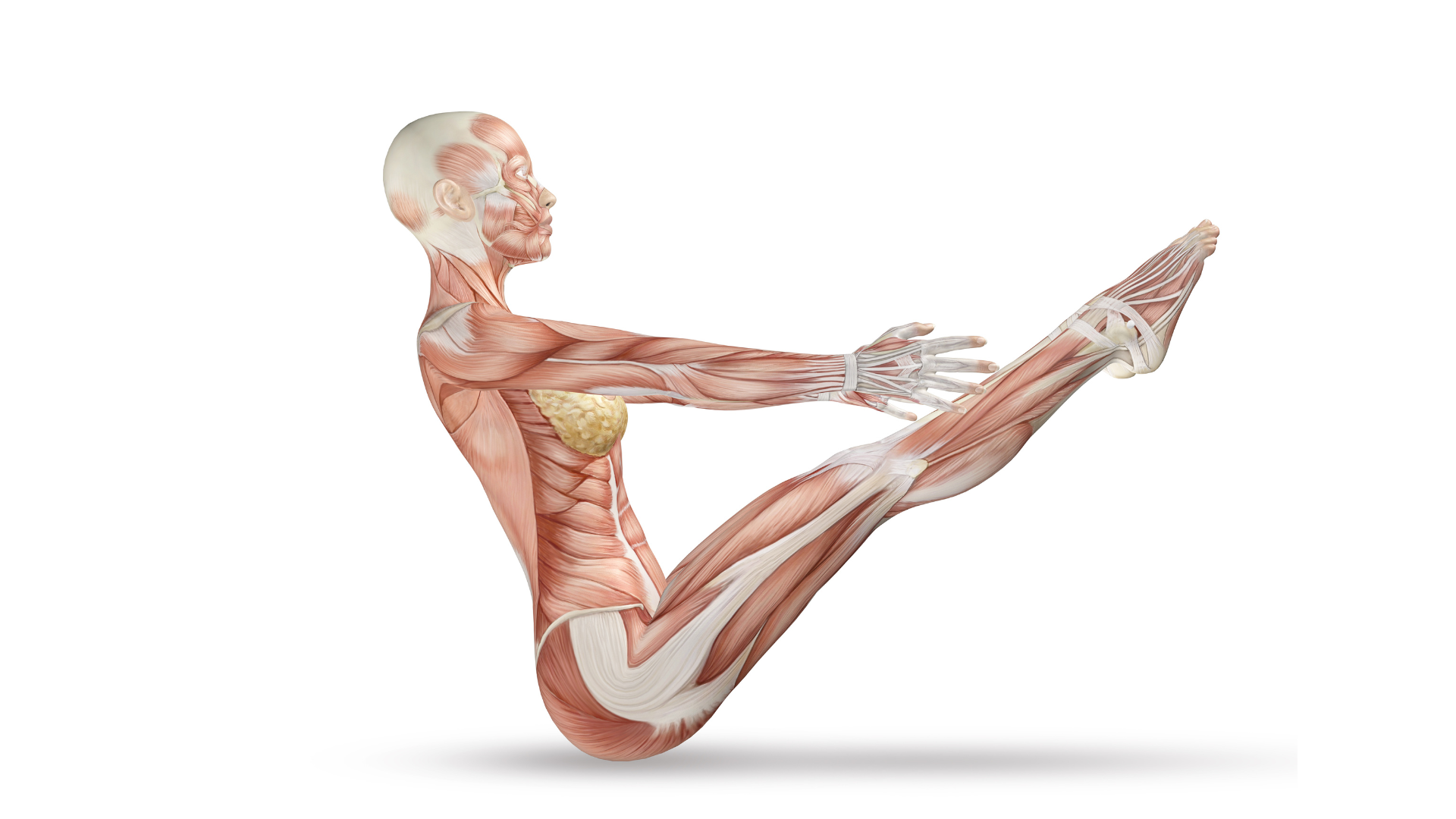
Deep fascia wraps around each muscle, bundles of muscle fibers, and each muscle fiber, so they are connected yet separate and able to contract and slide against each other. It is actually the extension of the muscle fascia through the tendon attaching to the bone that’s responsible for the transmission of force from muscle contraction to create movement.
The fascial connections also transmit forces to other muscles. For example, a straight leg lift designed to stretch the hamstring muscles was actually found to send 1.5 times more force to the iliotibial band than to the hamstrings.
Isolating individual muscles to stretch or strengthen is actually impossible. The healthy, connected body doesn’t work that way. Unhealthy or disorganized fascia transmits forces in dysfunctional ways, which can lead to injury or loss of muscle power.
Deep fascia also includes support structures like the iliotibial band and aponeuroses like the rectus abdominis (6-pack) sheath and thoracolumbar fascia (TLF), a strong sheath of fascia across the lower back. These structures stabilize the body and distribute the force from muscle contraction, stretching, or impact. When we stand on one leg, even when it’s only for a moment when walking or running, much of the support for balance comes from the tension of the iliotibial band.
Fascia, Proprioception, and Inflammation
All types of fascia have extraordinary amounts of sensory receptors. In fact, the deep fascia in and around muscles has ten times more sensory receptors than the muscle fibers themselves. This means fascia is responsible for much of the information about our bodies, particularly pain, stress or force transmission, and proprioception. Proprioception is our sense of our place in space, our awareness of where our limbs are in relation to the rest of the body and everything around us.
The fascia is also often associated with inflammation. Cytokines, molecules contributing to inflammation, can be found in the fascia. Research shows that stretching can reduce inflammation by reducing the number of cytokines in the fascia.
Yoga for Healthy Fascia
According to Dr. Robert Schleip, fascia researcher, “yoga is fairly complete as movement therapy for fascia.” This is great news for us yogis, but yoga comes in many forms, and even when just considering asana, the styles vary greatly. So, which one is best? What style of yoga should you do for optimal fascial fitness? In their 2022 book release, Fascia: The Tensional Network of the Human Body, Dr. Robert Schleip, Carla Stecco, Mark Driscoll, and Peter A. Huijing outline more detail about the benefits of particular yoga practices. Below are some of their ideas.
Restorative Yoga and Healthy Fascia
As this form of yoga practice provides limited stress to the fascia, the benefits for fascia from restorative yoga is from breathwork and relaxation. Stimulating the parasympathetic nervous system, our relax-and-repair response, can reduce cytokines and increase the fascia’s pH. This, in turn, reduces inflammation and tension of the fascia.
Power Yoga and Healthy Fascia
This group includes active yoga practices such as Ashtanga, Vinyasa, hot yoga, and flow. Power yoga styles create transient, dynamic, and repetitive stresses when moving in and out of poses and short static stresses when holding the poses. The dynamic movements may trigger tiny electrical impulses in the tissue to stimulate healing and improve the slide between surfaces in the body. As these practices build heat in the body, they can also reduce fascial stiffness and increase collagen elongation.
Kundalini Yoga and Healthy Fascia
Kundalini includes some bouncy and repetitive movements, which may help facilitate fascial modeling. According to Dr. Robert Schleip, this fascial modeling “creates more crimp in the fibers, which gives more elastic recoil of the elastin in the fascia,” giving you more bounce.
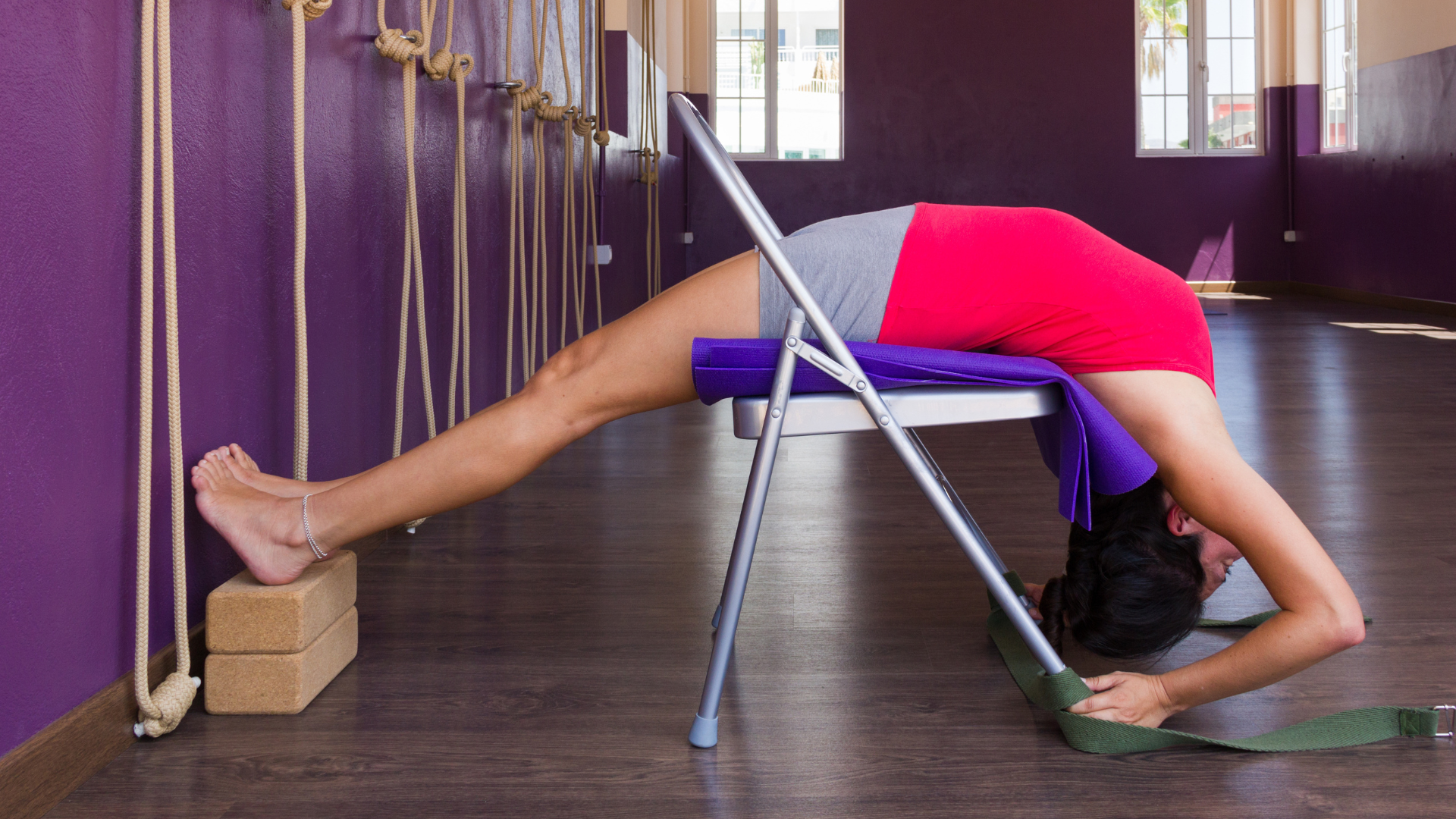
Iyengar Yoga and Healthy Fascia
Holding poses in Iyengar practice creates short static stresses, and Thomas Myers says this “can create muscle relaxation, tissue hydration, and proprioceptive stimulation.” Many of the poses and holds in Iyengar rely on eccentric muscle contraction, meaning the muscle is actually lengthening as it’s contracting. Carla Stecco found that the eccentric nature of the poses better stimulates the cells to increase collagen production, which may help improve the alignment of fibers and speed up healing in tendons.
Yin Yoga and Healthy Fascia
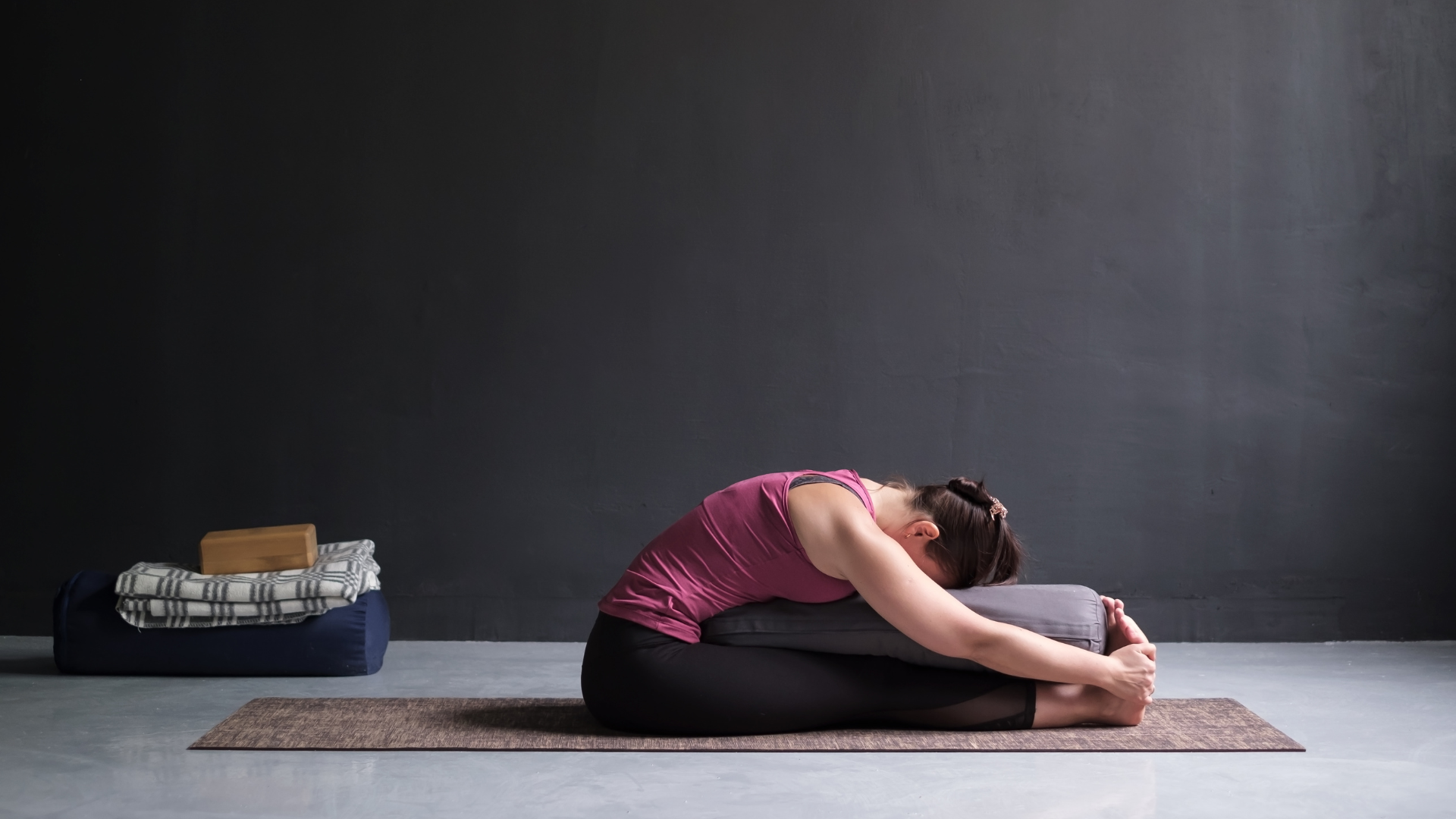
The long holds of yin poses create passive static stress on the fascia. According to Stecco, “holding the pose for four minutes or longer allows for fascial ‘creep’ and maximum relaxation,” which will allow for a greater range of motion at the joints. The slow stressing and release of the fascia can also help with the tissue’s hydration, inflammation reduction, and improved healing.
While research is still early, it’s clear that yoga is extremely beneficial for healthy fascia. As no one style of yoga covers all the fascia bases, it seems fascia is asking yogis to connect with various practice styles for a healthy, bouncy, mobile, and connected body and mind.
Also, read...
Myofascial Unwinding: What It Is and Why You Should Do It
Lateral Love: A Gentle Yin Yoga Sequence to Lengthen the Side Body
A Relaxing Yin Yoga Sequence Practiced at the Wall
Related courses
Breath as Medicine: Yogic Breathing for Vital Aging
Yoga and Myofascial Release: Releasing Chronic Tension with the Bodymind Ballwork Method
Yoga and Detoxification: Tips for Stimulating Lymphatic Health

Erin Bourne (RYT500, YACEP) is a yoga teacher and yoga teacher trainer based in Seventeen Seventy (yes, the real town name) in Australia. She also teaches Pilates and other movement modalities; having come to yoga from an Exercise Science and education background, she is obsessed with learning and sharing about the body and movement. Erin shares her experience and knowledge through regular classes, teacher trainings, online courses, and writing. Her course offerings include 3D Anatomy and Resistance Yoga. Her writing includes the book A Yogi’s Guide to Fascia and numerous print and online published articles. You can find Erin’s creations through her website http://www.erinlbourne.com/


